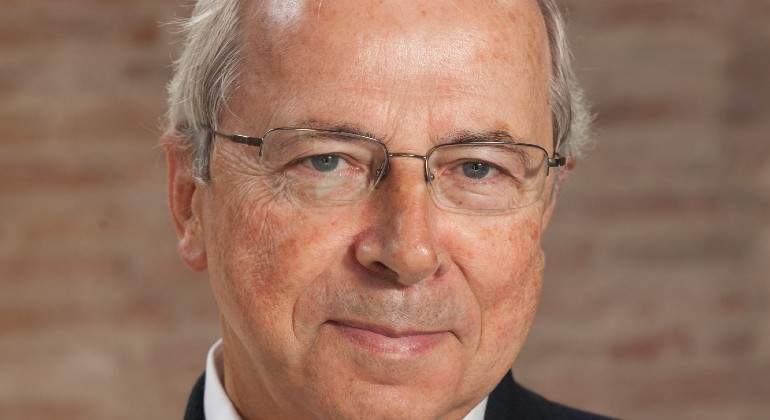Education can not only help to reduce health inequalities, fundamentally by making the social elevator work, but also – and notably – to improve social well-being.
This is the conclusion and presentation that Rosa Urbanos, president of the Spanish Society of Public Health and Health Administration and component of the quartet for the independent evaluation of Spain’s response to the pandemic caused by covid-19, and who subscribes this article we did in a debate at the Palau Macaya organized by the Ernest Lluch Foundation. Its content revolved around the title Policies to reduce health inequalities after Covid-19.
In developed countries, education is the most explanatory variable of the state of health and this, together with income, the most explanatory factors of well-being
In developed countries, education, even measured as years of formal schooling, constitutes the most explanatory variable of the state of health and this, together with income, the most explanatory factors of well-being. On the other hand, education as an investment in human capital is what can allow a country to increase its productivity and cement its cohesion since better education is correlated not only with being busy with higher salaries and better health but also with greater confidence in society, more effectiveness in political action and higher participation in social volunteering tasks.
The results of Spain in PISA (15 years) and PIIAC (18-65) years are not only below our reference countries, except Italy, but also below most Eastern European countries. The Spanish educational system does a medium job in routine processes, but when initiative and creativity are required it fails. Without initiative or creativity there is no innovation, without innovation there is no possible growth, and without growth the future only offers more internal devaluation and less social progress.
Knowledge or acquaintances. In general, a high education of parents predicts a high education of children with the problem of what could be meritocratic in one generation becomes dynastic in the next because the children of successful professionals speak many languages and program in many languages . A thorny issue because although the dynastic mandarinate (hereditary) spoils the social elevator, it is not easy to penalize parents who invest in their children so that their opportunities are equal to those of the children of unstructured, single-parent or neglected families. In Spain and Italy, the situation worsens, as belonging to the upper class improves the opportunities to find work as well as the quality of the job, much more than in other European countries such as the Netherlands or the United Kingdom.
To equalize opportunities, we must focus on preschool and primary education complemented with social spending focused on boys and girls with the highest risk of social exclusion.
To equalize opportunities, we must focus on preschool and primary education complemented with social spending focused on boys and girls most at risk of social exclusion. For efficiency in the allocation of talent and for social mobility. Data from Madrid indicate that the educational level of the parents explains the essential competencies and skills of the children, and data from other places indicate that also non-cognitive abilities (self-control, motivation, adequate consideration of the future, etc.), again explained by uterine conditions and the first 5 years of life, affect both future living conditions and people’s health (Heckman, 2012). Increasingly,
We have good analyzes of the university component of education . We know what to do, the UPF in particular. It is still difficult to do so. We have not even overcome the situation that Marx denounced in 1875: In some states higher education institutions are also ‘free’, that only means in fact defraying the cost of education of the upper classes from the general tax receipts. That statement is valid today. We talk a lot about fiscal progressivity, but we completely forget the other dish of income redistribution, that of the use of publicly financed services: in Spain, 20% of the highest income families receive 25% of social benefits while the 20% of the lowest income families receive only 10% of the benefits.
In Spain, 20% of the highest-income families receive 25% of the social benefits, while 20% of the lowest-income families receive only 10% of the benefits.
In the medium and long term, there are challenges related to the selection of teachers, their incentives, including the labor regulatory framework, continuous teacher training, the design of degrees and their orientation to content, and the financing of the system. Detailed proposals on these issues can be found in Kuan Chung, an entry written precisely with the aforementioned Rosa Urbanos and Beatriz González López-Valcárcel, whom we can listen to, with Ildefonso Hernández, this November 11.

